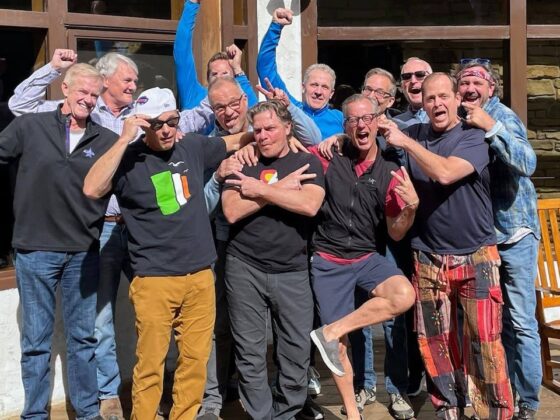Hi, I’m Leslie Jones. I’m the creator of the groundbreaking spiral method, a holistic leadership development ecosystem for companies and communities. I’ve been an executive coach for about 25 years now and have worked with major corporations, small to midsize companies, CEOs, and C-suite leadership teams all around North America and the globe. I am on a mission to bridge the disconnection gap and I equip leaders with very simple tools to lead group conversations that create connection and power that are, for many people, produce the kind of results that they didn’t even know was possible.
I’d like to talk about the necessity of check-ins. How do you have an effective meeting check-in? In one of the last videos that I did, I had you preparing yourself to get in the space where you are able to be calm, grounded, and be in action with intention and precision.
I want to make sure you’re in that space before you go to lead your team and do a check-in because they will follow your lead. If you’re calm, that’s what they’ll end up being.
The first step when you start any meeting is to lay the groundwork and set the intention for the meeting. What you want to make sure of with a check-in is that you are slowing down enough to give people the chance to find their voice, be present, let go of whatever is in their space that is going to be in the way of your team getting some really good work done and not jump right into the work.
We want to remember that we don’t know what happened in the morning or just before the meeting or what kind of physical pain people are in or how they are relating and reacting to the current situation that we’re in right now with coronavirus. We don’t know how people are reacting. So, we want to give room for that.
I would say at least 10 minutes for an effective check-in depending on how many people you have. And if you can give 20 minutes to a check-in, even better because the work that you do in the check-in sets the tone and clears the air for the rest of the meeting to be a lot more productive.
The goal in a check-in is to create movement and connection and access to the collective wisdom. After the check-in, your team is going to have a lot more access to collective wisdom. People, especially right now, might have stress, high emotion, fear, confusion, feeling alone. They might even be preparing to defend something or there there’s a lot of uncertainty. By the end of the check-in we want them to be feeling relieved, connected feeling the power of community. The goal by the end of your meeting that they have clear actions and they are going to be in a place for calm and precise, intentional action as well.
The first thing you want to do is set the ground rules. “Why are we doing this? We’re going to take 20 minutes to check in. This is a little different than we’ve done in the past for most people.” Let them know that and that there is no right answer. “We’re just going to go around and we’re going to finish the sentence that I start.” The second thing that’s important to let people know is that, it is designed to go very quickly. And so, “we’re talking about one word or one sentence answers.”
This is in the SpiralMethod certification training. There’s a whole section on it. We learn how to lead the “finish the sentence” game and all the subtleties of it. I’m just going to give you the real high level of this for the sake of meeting check-ins. These questions are not designed to stir things up, but they’re designed to have people leaning in a bit and finding their voice, having everyone have an equal voice in the room and allowing everyone to exhale a bit and be more present.
We usually start with a light question, then go into a little bit more vulnerable question or two. That’s like a reveal and then we want to make sure we end on a positive note.
Questions:
- What’s the most common feeling that you’re having around the current situation with coronavirus?
- What is your biggest fear right now? One sentence.
- What is something that you need or something that you want to request from the group? One word, one sentence.
- What are you learning about yourself?
- What is the good that you see coming out of this right now and how are you going to use the coronavirus situation as an opportunity?
- What are you going to do with this opportunity?
- One last question to close this section of your meeting: “What are the things that you’re now noticing that we’ve played this finish the sentence game.”
Now you’re going to be in a very different space to get to work on mobilizing forces and figuring out what’s important for the team to be focusing on as you all move forward together.
If you haven’t already, jump onto the ConnectionRevolution Facebook page and request to join and we will be posting videos and resources for you around leading from the space of collective wisdom. Have fun.



